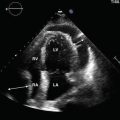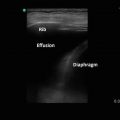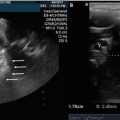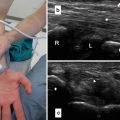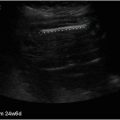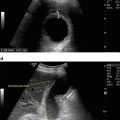POCUS
Traditional ultrasound
Performed and interpreted by the clinician
Performed and interpreted by a radiologist or performed by a sonographer and interpreted by a radiologist
Performed in real time and integrated with the history and physical examination
Primarily interpreted without the benefit of a detailed history and physical examination
Oftentimes used to answer just one specific question
A protocol examination with detailed information provided
Used as a bedside clinical tool with low to no cost
More comprehensive examination and associated cost
Physicians, other than radiologists , such as cardiologists and gynecolgists have already incorporated ultrasound into their clinical practices. Other medical specialties have started to use ultrasound in a variety of ways. For example, the American College of Rheumatology has integrated POCUS into their training with a focus on musculoskeletal ultrasound . There would be much to gain if subspecialists using ultrasound were to expand their applications to include additional diagnoses that could directly benefit their patients.
POCUS, as we know it today, was first introduced into medical student education in a comprehensive, integrated way at the University of South Carolina School of Medicine in 2006. The seeds of this book were planted over a decade ago in the Family Medicine Department of Southern Illinois University School of Medicine when it received a grant to study how medical students and resident physicians learned. Many of the learning issues at that time are relevant today with learning point-of-care ultrasound. These two projects are intertwined throughout this book. The following two figures show much of what was learned.
All practitioners have a competency skill set that they use on a regular basis. Traditionally, primary care providers have a broad base of knowledge, i.e., immunization schedule for a pediatric patient, longitudinal treatment of chronic disease states such as hypertension and diabetes, psychosocial issues affecting the patient and their family. Subspecialty providers have a narrower focus of knowledge but it is at a deeper level, i.e., endoscopic evaluation and treatment of the GI system, catheterization and stent placements in the cardiovascular system.
As can be seen in Fig. 1.1, the total amount of medical knowledge may be the same for the subspecialist and the primary care clinician but with a difference in depth and breadth of knowledge. One can think of this as comparing a high resolution picture of a patient at one point in time to a long “grainy” video clip of the patient over time. Each view of the patient is useful in different ways.

